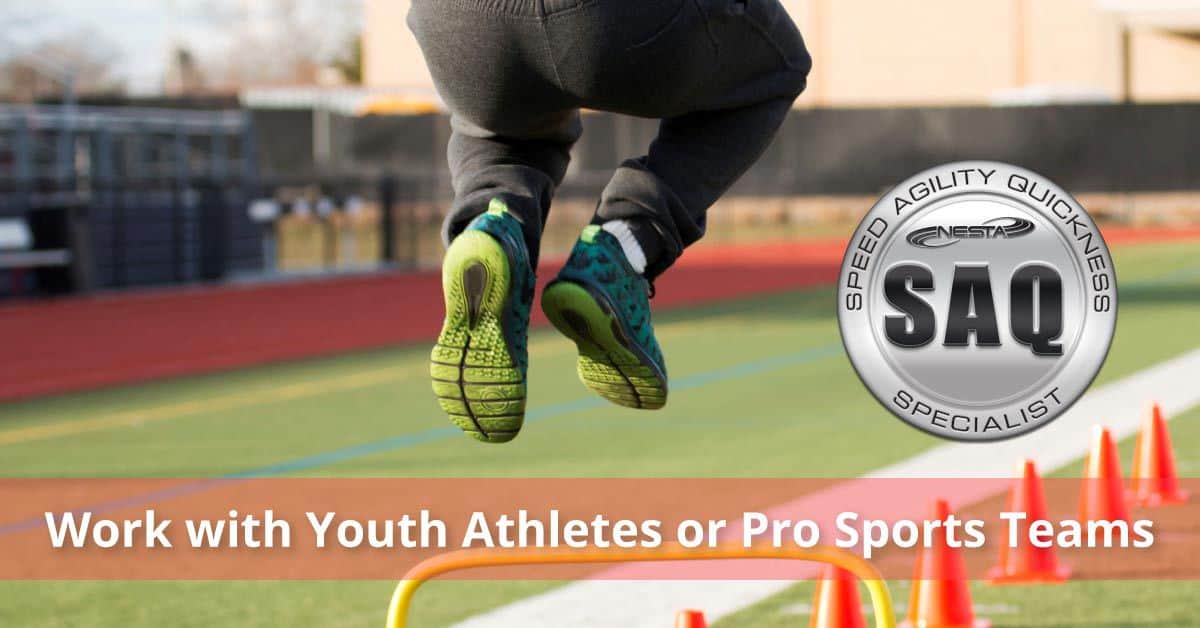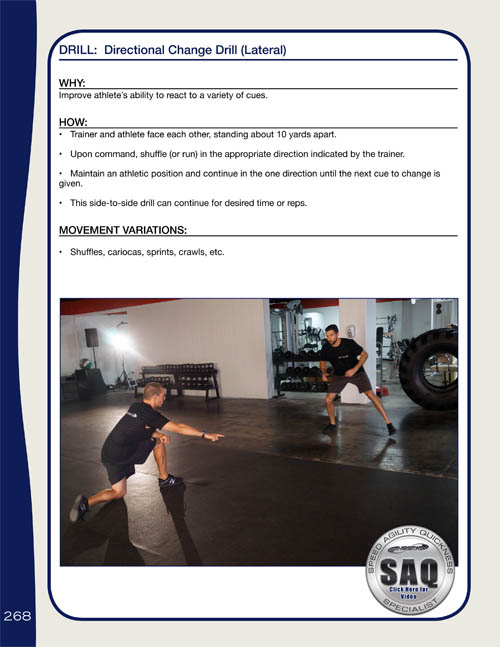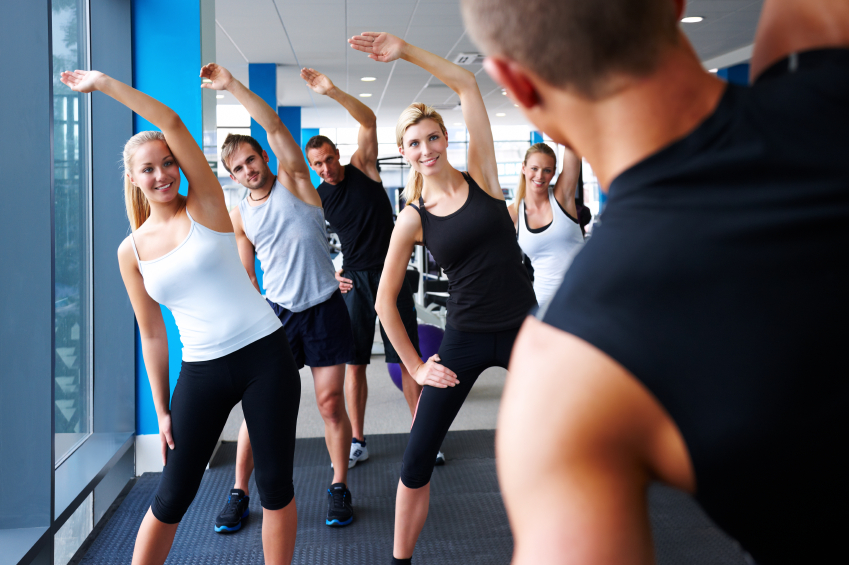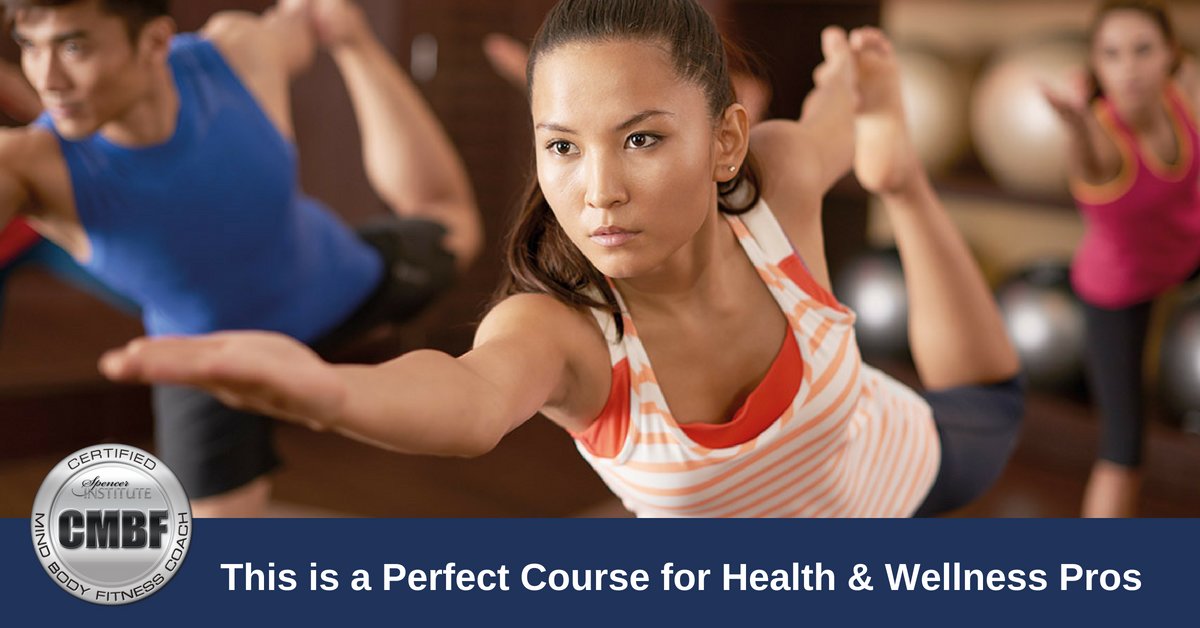To talk about agility, we first need to understand speed and coordination. This is because our agility is nothing more than the sum of these two capabilities.
Speed, for training, is the ability to move all or part of the body quickly. The factors that influence this ability are: heredity, reaction time, ability to overcome external resistance, technique, concentration, muscular elasticity and willpower. With speed and agility sports training, it is possible to work mainly with three elements: reaction time, frequency of movement per unit of time and the speed of transposition over a given distance.

Coordination is the ability to perform a given task as efficiently as possible. The experts define motor coordination as the safe and economical domain of motor actions in predictable and unpredictable situations, making it possible to learn motor skills relatively quickly.

The combination of these two factors – speed and coordination – will result in agility. With that, we were able to define agility as the ability to perform a task quickly and with the correct technical movement. For experts, the concept of agility is the ability to change direction without loss of speed, strength, balance or body control. A practical example of this is the use of the agility ladder in training, where the student needs to go from side to side, as quickly as possible, making a certain coordination movement. It is clearly notable that the higher the level of technical difficulty of the movement, the lower the speed of realization and, with practice, this will evolve significantly.

The importance of training agility is due to the need in everyday life. For those who practice any sport it is essential to carry out this training with SAQ training expert, always seeking to perform specific exercises for their sport.

One of the key phrases makes perfect sense when it comes to agility: train fast, be quick!

Gina Jordan is a health blog author who has been writing about healthy living since 2013. She started her journey by adopting a vegan diet and eating only organic foods, but the more she learned, the more she realized that we should all be eating plant-based diets exclusively. As an expert in nutrition and wellness, Gina blogs to educate readers on how they can live happier and healthier lives through food choices!













